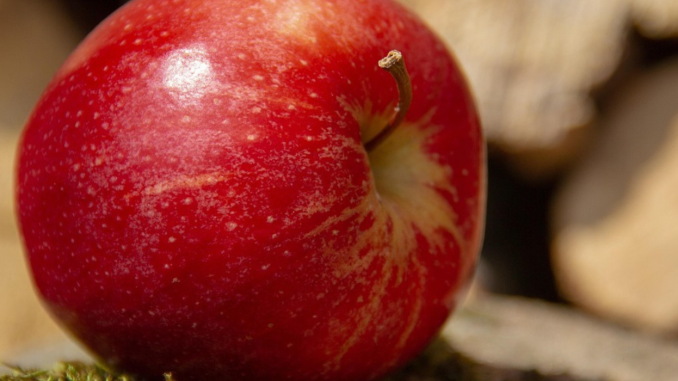
Part of the MOBILIZED BUSINESS INTELLIGENCE™ vertical — actionable insights for decision-makers building resilient, regenerative value chains.
Precision fermentation won’t just reshape food—it will reshape P&Ls, converting supply risk into reliable unit economics.
Why it matters: Food companies have long been at the mercy of commodity swings. Precision fermentation turns microbes into protein factories—unlocking predictable costs and stable supply chains.
“From weather risk to spreadsheet certainty—PF converts volatility into visibility.”
The problem
- Commodity markets (dairy, eggs, meat) are highly volatile due to droughts, pandemics, wars, and climate shocks.
- Price spikes and supply disruptions squeeze margins and wreck inventory plans.
- Traditional ag depends on scarce land and water—amplifying risk exposure.
The breakthrough
Precision fermentation uses microbes as tiny factories to produce milk, egg, and meat proteins—without animals or fields.
- Controlled indoor production = no weather or disease shocks.
- Year-round output → consistent pricing & scalable capacity.
- Rapid tech learning curves are lowering costs every few years.
Why business should care
- Cost stability: Decouple from grain, feed, and livestock swings.
- Risk mitigation: Reduce exposure to geopolitical & climate shocks.
- Sustainability edge: Smaller footprints help hit ESG targets.
- Market disruption: Early movers can own premium alt-ingredient categories.
By the numbers
- Global dairy prices have swung ~30–80% annually in recent years.
- PF production costs projected to undercut dairy inputs by ~2030.
- Potential market value: $200B+ by 2035 (ingredients + finished goods).
Case in point
A global CPG replaced 20% of egg powder with PF proteins, cutting procurement volatility by ~40% while launching an animal-free line with premium positioning.
“Predictable inputs = pricing power + planning confidence.”
Bottom line
Precision fermentation won’t just reshape food—it will reshape P&Ls, converting supply risk into reliable unit economics.

